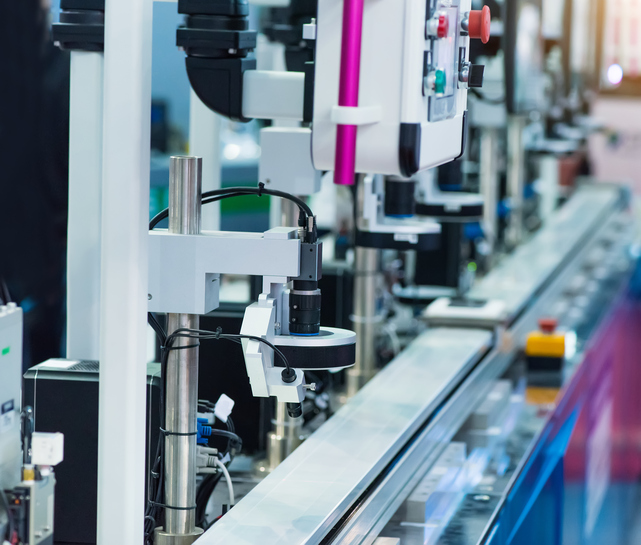 Machine vision systems enhance the existing capabilities of robotic automation systems. In many ways, robots equipped with some form of robotic vision outperform “blind robots”, which are only capable of rigid, repeatable tasks with no variations. Robots with vision can respond to variables in their environment and bring much-needed flexibility to robotic applications, helping promote productivity and profitability.
Machine vision systems enhance the existing capabilities of robotic automation systems. In many ways, robots equipped with some form of robotic vision outperform “blind robots”, which are only capable of rigid, repeatable tasks with no variations. Robots with vision can respond to variables in their environment and bring much-needed flexibility to robotic applications, helping promote productivity and profitability.
Choosing the right machine vision system for industrial robots can be difficult, however. There are many vision solutions in the marketplace and every application has unique vision needs. For manufacturers in need of a vision system, there are a few basic considerations that can help narrow down your options.
2D vs 3D Robotic Vision Systems
When selecting a machine vision system for robotics, 2D and 3D vision systems are available. Applications with more simplistic vision needs, such as when a robot merely needs to identify the location of a part when that part is presented in a pre-determined and highly repeatable manner, may only require a 2D vision system. More advanced applications will require 3D robotic vision systems.
When a robot needs to determine not only the location of a part but the orientation of that part, or even how to best grasp that part, a 3D vision system is required. For some applications, such as random bin picking, 3D vision is needed to distinguish between parts. Choosing between 2D and 3D vision can be straightforward and will immediately narrow down your available options.
Consider Robotic Vision Integration Requirements
Machine vision systems for robots come in many different forms and each of these forms will have different levels of integration complexity. For example, some vision systems can be embedded into the robotic system, where image capture and image processing are carried out within the camera. Other systems require an external PC for image processing, which may lead to more robust vision capabilities but slower cycle times.
Integration is also an additional ongoing cost for machine vision systems. Anticipated savings from introducing robotic vision have to be able to justify the cost of initial installation, ongoing maintenance and additional staff required for robust vision systems.
Robotic vision improves the overall flexibility, productivity, and profitability of robotic applications. While there are many machine vision systems available, finding the right one for your application can lead to reduced operating costs over the lifetime of the system.
To learn more on this topic, visit our educational section on Robotic Vision.
